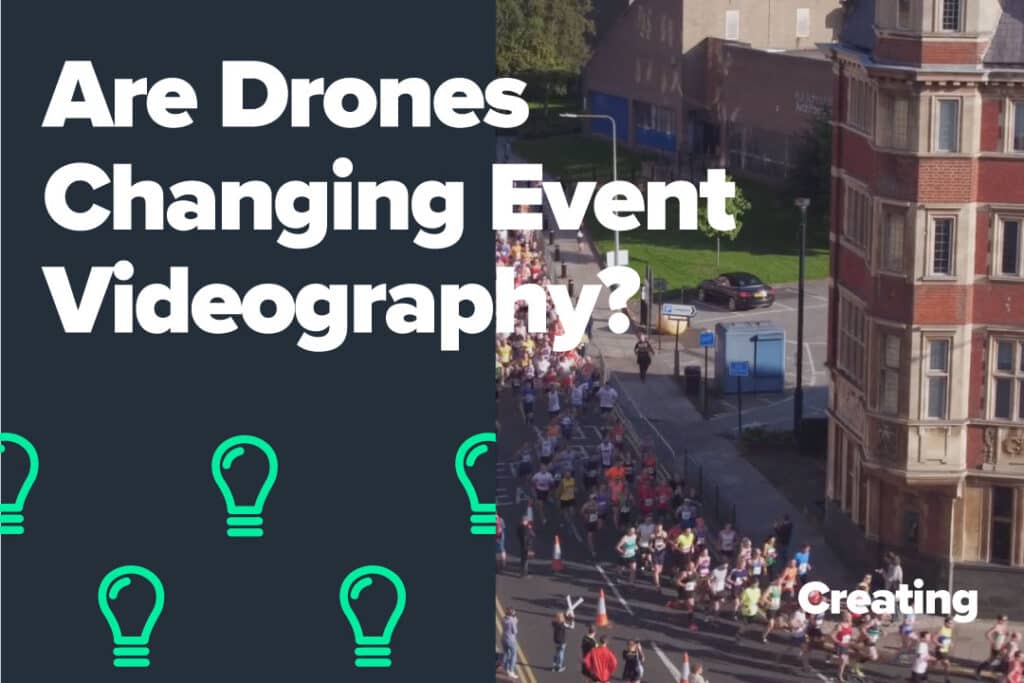It’s that time of year again, where we get an insight into the direction of tech advancements and the new announcements from the CES Tech event! Unsurprisingly, a lot of announcements at CES Tech 2024 centred around AI and wearable technology, but expect to see some bizarre tech including…flying cars?! (Psst…check out last year’s blog!)
In part one of our blog, we’re going to take a look at 4 of the most exciting announcements surrounding AI, AR and VR. Read on to find out more!
Arovia Splay
Dubbed ‘your personal cinema and productivity tool‘, Splay is a 2-in-1 portable, foldable projector designed for both personal and professional use. Its impressive display, 24.5 inch screen and 4 hour battery life make it a simple but extremely useful innovation. Developed in collaboration with Nano and Advanced Materials Institute (NAMI), the screen is made of fully flexible nanomaterial, enabling a wrinkle-free, bright, and crisp image whilst being very durable.
This is, for sure, going to be a useful innovation, for both professional and personal audiences. Estimated to be around $700, it will be interesting to see what the commercial audience think of this price point!
Portalgraph VR Space Projector
Portalgraph technology projects VR spaces onto screens creating a portal connecting reality with alternate spaces. It offers a unique and immersive experience and looks to be a very exciting innovation, transforming the potential of VR in different fields, outside of gaming.
With unobstructed views of your projection, Portalgraph is said to be a ‘groundbreaking’ innovation in the world of VR!
Rabbit R1
Is Rabbit R1 a breakthrough in the development of AI hardware, or is it an over-ambitious, unwanted innovation? The Rabbit R1, apparently, has the appearance of your average smartphone – it has a SIM card slot, a camera, and supports WiFi and Bluetooth. But instead of apps, you’re presented with an AI assistant, communicating with your apps and doing the work for you. It could book a taxi or queue music, for example.
Rabbit R1 leverages the capabilities of AI to replace smartphone interfaces and transform them into intuitive devices. But can it really be as good as it sounds? Named ‘the future of human-machine interfaces’, Rabbit R1 looks to push the boundaries of AI beyond the likes of the Amazon Echo and Google Nest.
Volkswagen x ChatGPT
The time has come…AI has opened the passenger door, stepped in and put its seatbelt on…it’s ready for a car journey. Volkswagen have introduced a new update for some of their cars, giving its in-car voice assistant an AI helping hand. In-car voice assistants can now use ChatGPT to expand the possibilities of communication and voice commands. The big question is, would you feel safe driving 70mph whilst listening to AI-based conversations? This early on, we’re not sure how far this can be integrated and used, but it is certainly an interesting development to keep an eye on…
What do you think of these announcements? Is the tech world falling victim to AI’s powers or is it capitalising on the technology of the future? Keep an eye out for Part 2, coming soon!





